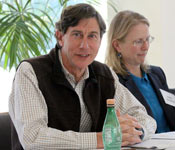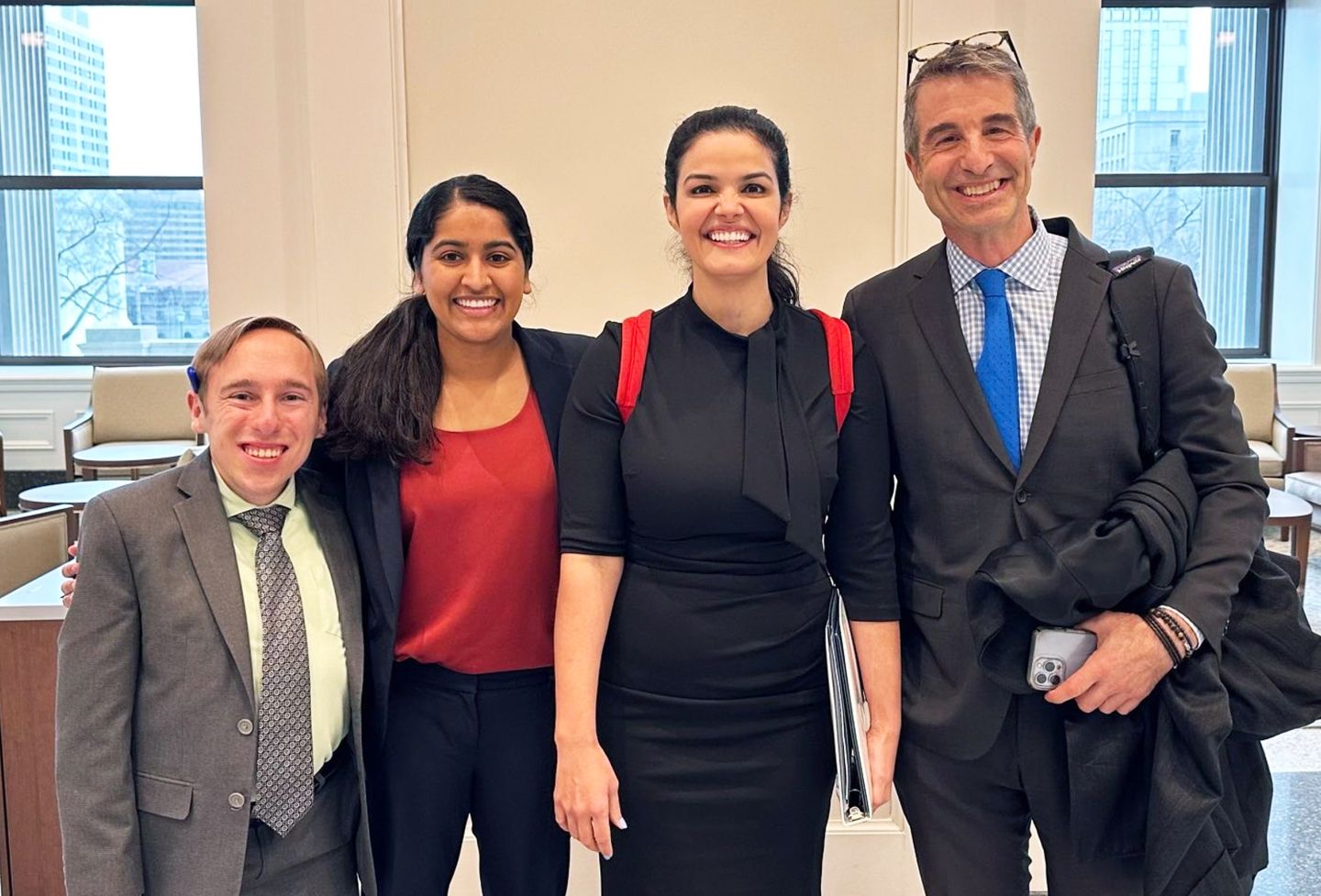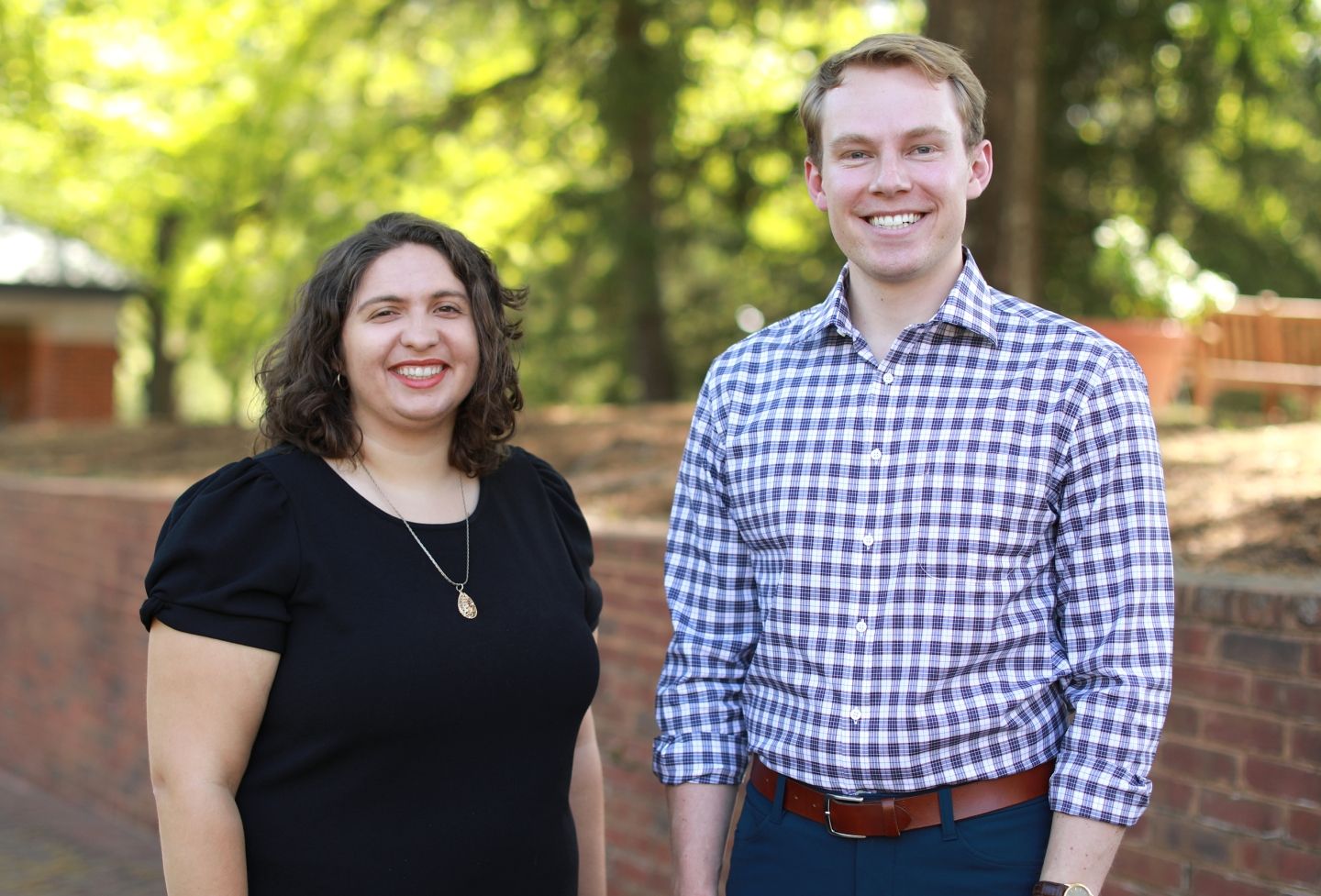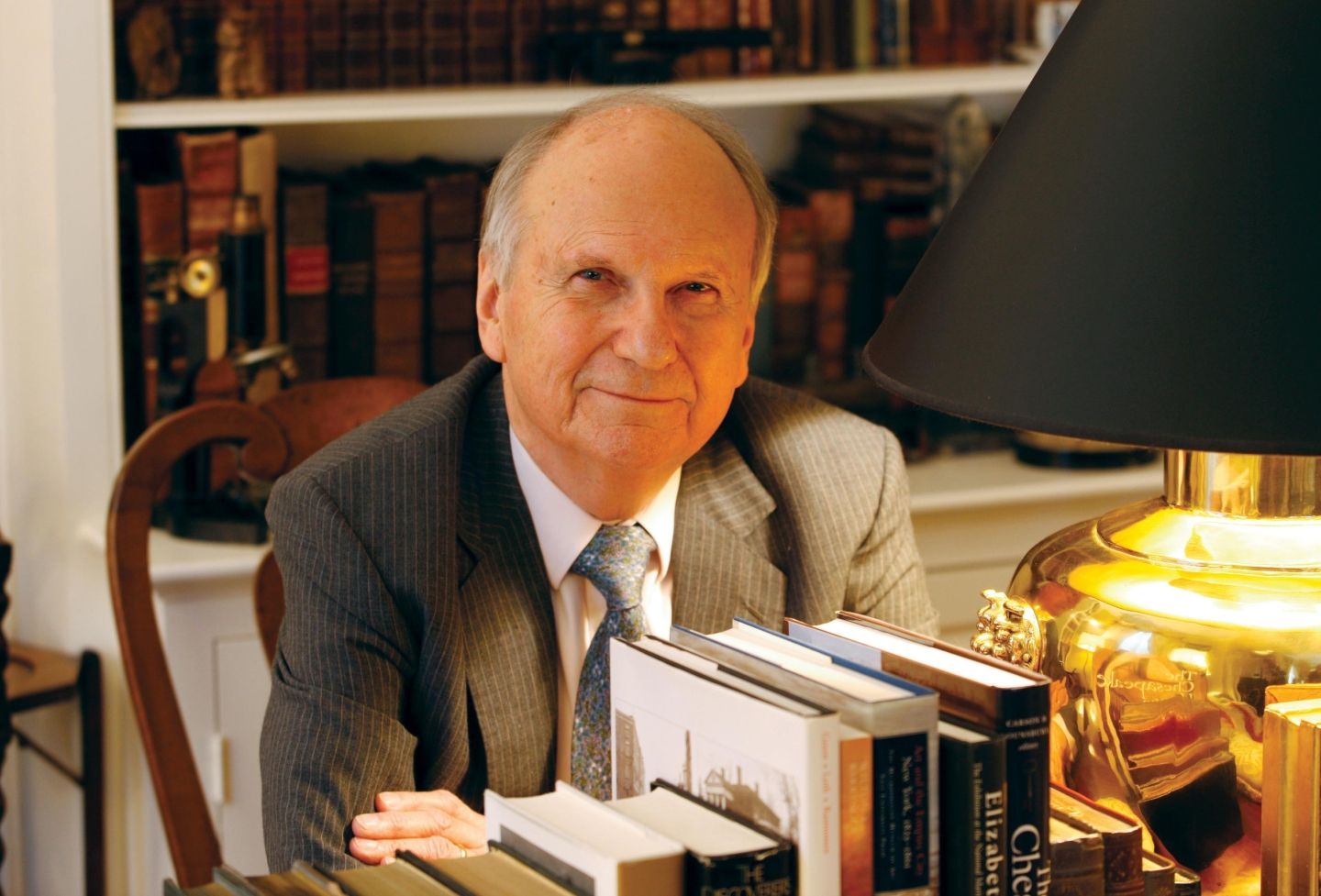The populations of many animals listed as endangered species by the U.S. government have rebounded somewhat, but they rely on conservation efforts to ensure their numbers won't dwindle again. A group of interdisciplinary experts gathered last week at the University of Virginia to discuss how to design conservation efforts aimed at protecting such species once they are de-listed and to ensure the sustainability of other conservation successes.
The UVA Conference on Building Effective Conservation Programs, which met Feb. 28 and March 1 at the School of Law, drew government, nonprofit and academic experts from the fields of conservation, social psychology, economics, business and law, including U.S. Deputy Secretary of the Interior David Hayes.
University of Virginia law professor Jonathan Cannon, a former general counsel of the Environmental Protection Agency, and Vanderbilt law professor Michael Vandenbergh co-organized the conference with support from the UVA Office of the Vice President for Research and the National Fish and Wildlife Foundation.
"You have government programs [and] you have private programs trying to achieve conservation goals — and what happens when those programs withdraw? Can the goals continue to be met, and if so, how would we expect that to happen?" Cannon asked. "I think it's a question that's becoming prominent because these programs have been going on for some time now. People want to declare success and say we can show some wins, but you also want those wins to be sustainable."
The Endangered Species Act, passed in 1973 to protect imperiled species from extinction, lists more than 2,000 domestic and foreign species as threatened or endangered. More than 50 species have been de-listed, but only a portion of these are deemed fully recovered, and 25 species have been down-listed from "endangered" to "threatened" status.

Species like the Kirtland's warbler, a songbird native to Michigan that was nearly extinct just 50 years ago, are "conservation-reliant" because they will depend on active management to survive after they have been removed from the endangered species list, Cannon said. The warbler, for example, requires large areas of dense young jack pine for its breeding habitat, and restoring the bird's population required building a range of agreements with landowners, managing forest burns and staggered timber harvests, and planting pine seedlings, among other efforts.
"Conservation-reliant animals can't be expected to sustain themselves without some sort of continuing support or institutional structures to assist them," Cannon said. An estimated 80 percent of listed animal species are conservation-reliant.
Efforts are underway to create a long-term funding source for the warbler, Cannon said, and a substantial friends group that will provide funding resources and also volunteer labor to help protect the species. Collaborative agreements among government agencies may also help ensure the bird's long-term success.Â
"The idea is to structure an institutional arrangement that will give you some confidence over time that the conditions would be in place for it to survive, even after it's de-listed," he said.
Other conference attendees included Claude Gascon, executive vice-president and chief science officer at NFWF; Kai Lee, who is involved in conservation efforts at the David & Lucile Packard Foundation; and UVA Associate Vice President for Research Jeffrey Plank.
Though the event was closed to the public, several UVA law students attended and helped organize the conference.
Second-year law student Dustin Elliott researched and created materials for the conference to orient participants' discussion on topics ranging from in-stream flow water rights to catch-share fishery systems.
"In addition to providing unparalleled networking opportunities with some of the heavyweights in the field of environmental law and policy, the conference was incredibly intellectually engaging," Elliott said. "To see top-notch scientists, social theorists, lawyers, psychologists and economists sit down in the same room and brainstorm about solutions to some of the most difficult environmental conservation problems of the day was remarkably enlightening."
Elliott said one insight in particular stood out.
"When it comes to long-term environmental conservation solutions, a combination of financial incentives and regulatory mandates won't cut it — a shift in the underlying ethos grounding the valuation of the natural world itself is key to making conservation initiatives truly sustainable," he said.
Cannon said the conference participants will produce a white paper.
"Ultimately the goal is to identify and help stimulate further research on these questions," he said.
Founded in 1819, the University of Virginia School of Law is the second-oldest continuously operating law school in the nation. Consistently ranked among the top law schools, Virginia is a world-renowned training ground for distinguished lawyers and public servants, instilling in them a commitment to leadership, integrity and community service.


